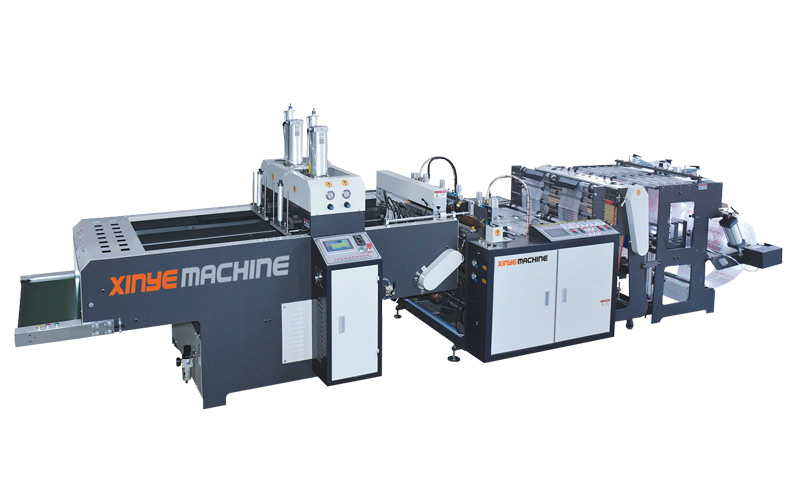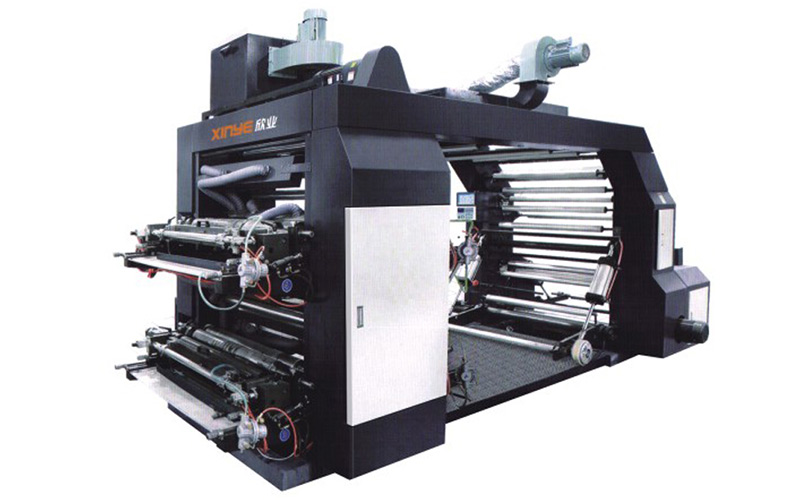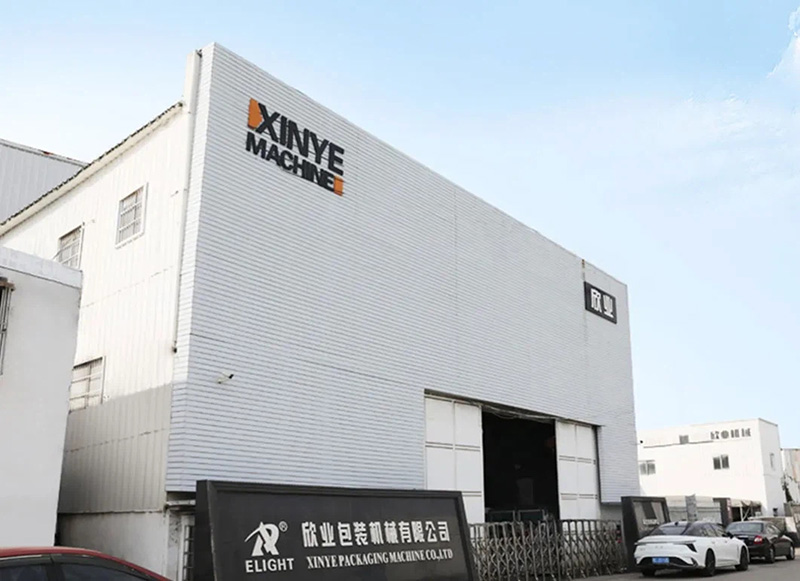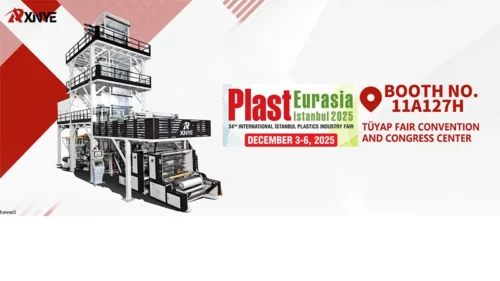In today’s industrial era, where efficiency and environmental protection are equally prioritized, high-speed plastic bag making equipment has become a core driving force in the packaging industry. This type of equipment not only significantly enhances production efficiency but also helps companies address global environmental challenges through technological innovation. This article delves into the technical features, market advantages, and industrial applications of high-speed plastic bag making machines, revealing how they are reshaping the landscape of plastic packaging production.
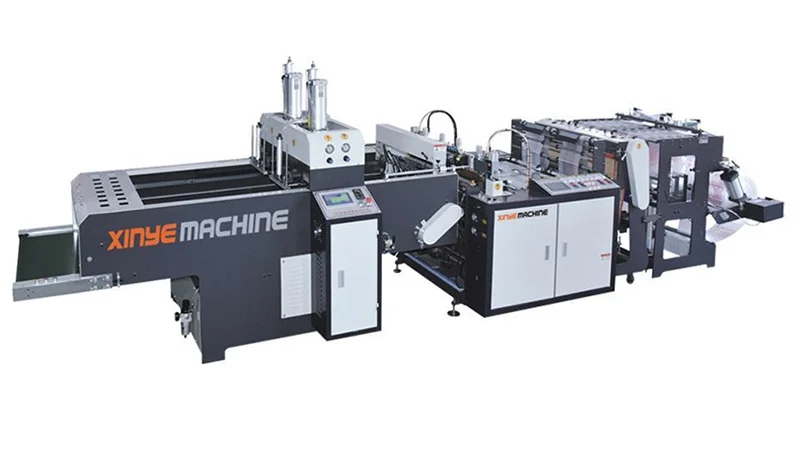
Technical Core: The Perfect Fusion of Speed and Precision
Modern high-speed plastic bag making equipment integrates mechanical engineering, automated control, and material science. Utilizing advanced servo motor systems, these machines can steadily produce over 200 plastic bags per minute, representing an efficiency increase of more than 40% compared to traditional equipment. High-precision photoelectric tracking systems ensure that the cutting position error for each bag is less than 0.1 mm, greatly reducing material waste. Meanwhile, modular design allows the same machine to quickly switch between producing various types of bags, such as flat bags, vest bags, and garbage bags, meeting diverse market demands.
Environmental Innovation: Practitioners of Sustainable Production
In response to plastic pollution issues, the new generation of bag making equipment is specifically optimized for processing biodegradable plastic materials. Through precise temperature control systems and specialized screw designs, it efficiently processes eco-friendly materials like PLA and PBAT while maintaining consistent tensile strength and sealing performance. Additionally, the equipment is equipped with an edge material recycling system that instantly recovers waste generated during production and feeds it back into the raw material inlet for reuse, effectively reducing raw material loss by up to 15% and helping companies achieve green production goals.
Intelligent Control: The Future of Digital Management
Intelligence is another standout feature of high-speed bag making equipment. Integrated PLC control systems, combined with touchscreen interfaces, allow operators to easily set and store hundreds of product parameters. Real-time production statistics, fault diagnosis, and remote maintenance functions significantly reduce labor costs and maintenance time. Some high-end models are even equipped with IoT technology, enabling cloud synchronization of production data. Managers can monitor equipment status anytime via mobile apps, truly achieving the intelligent management of “unmanned workshops.”
Applications: Supporting a Diversified Market
From supermarket shopping bags to medical waste bags, and from clothing packaging to food preservation bags, the products of high-speed bag making equipment cover almost every industry. Particularly against the backdrop of the explosive growth of e-commerce logistics, the demand for high-strength express bags has driven equipment manufacturers to develop specialized multi-layer co-extrusion technology. This technology produces thinner yet tougher bags, reducing raw material consumption while enhancing performance. This flexibility to adapt to market changes makes high-speed bag making equipment an indispensable infrastructure for the packaging industry.
As global demand for sustainable packaging solutions continues to grow, technological advancements in high-speed plastic bag making equipment will continue to drive the industry toward greater efficiency and environmental friendliness. Investing in advanced bag production lines is not only a strategic choice for companies to enhance competitiveness but also a concrete practice of environmental responsibility. In the future, we will see more innovative equipment integrating artificial intelligence and circular economy concepts, opening up new possibilities for the plastic packaging industry.


